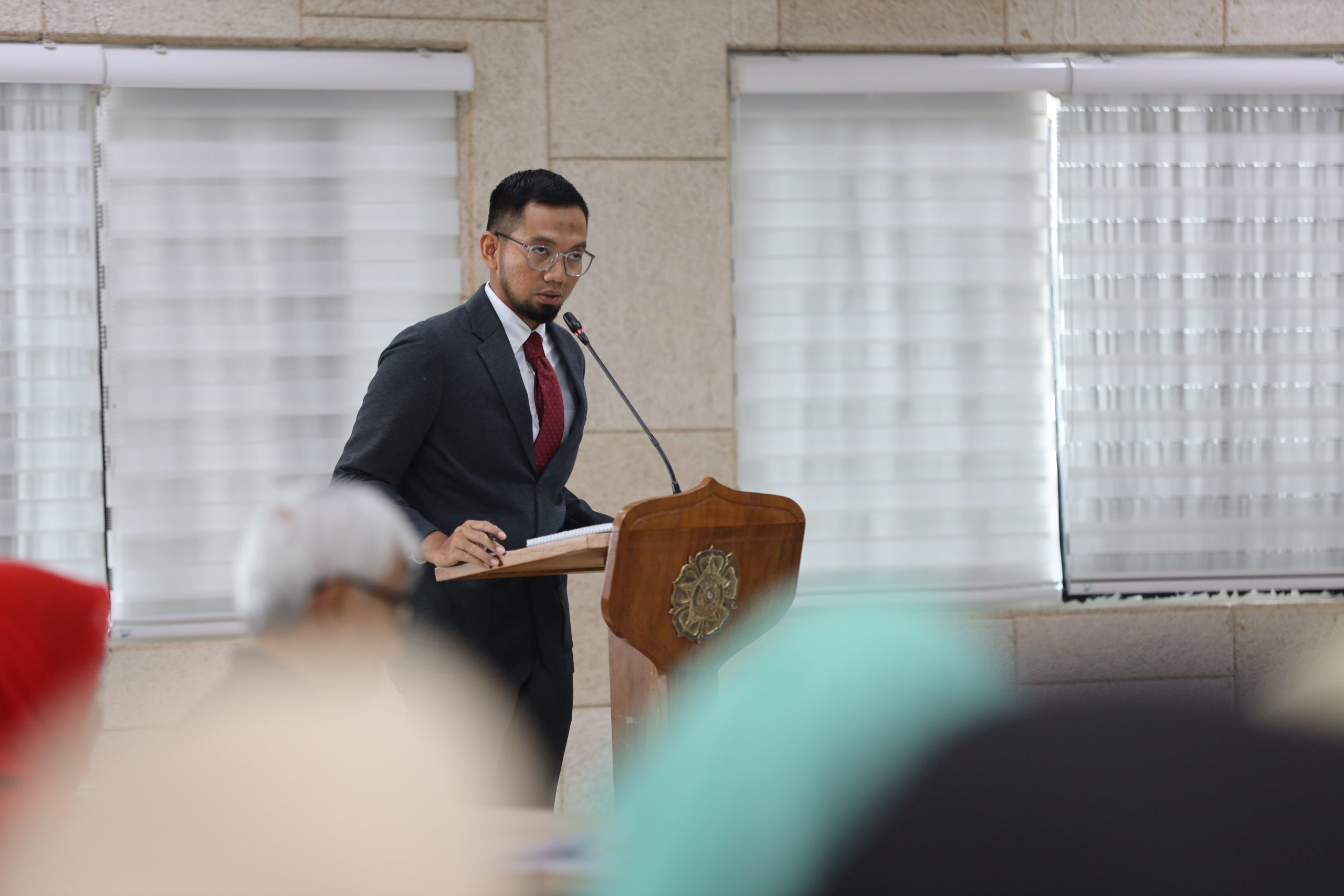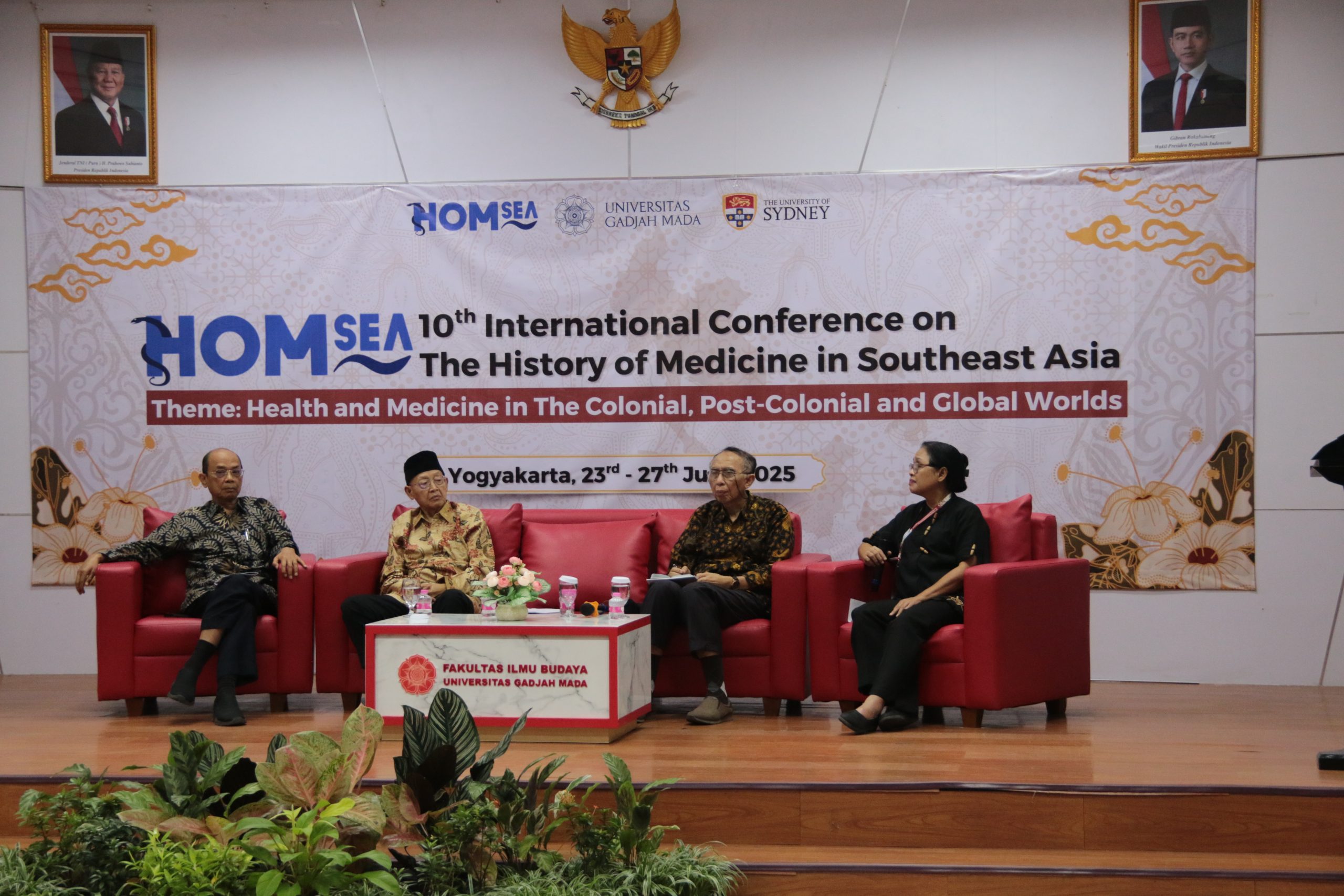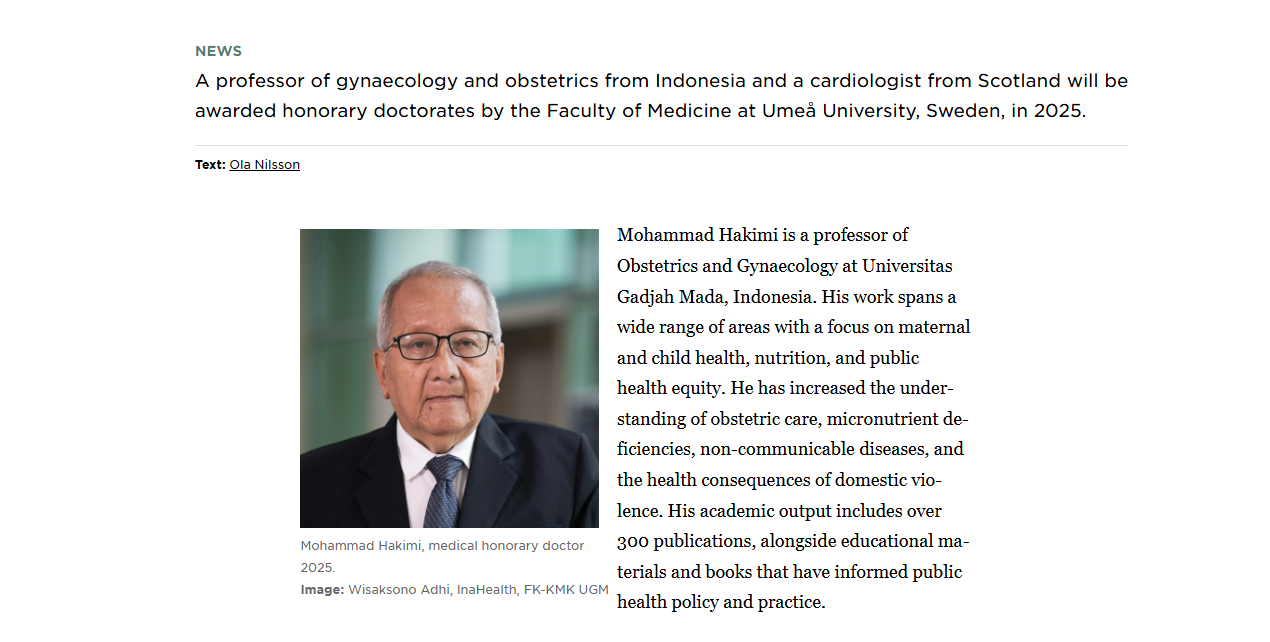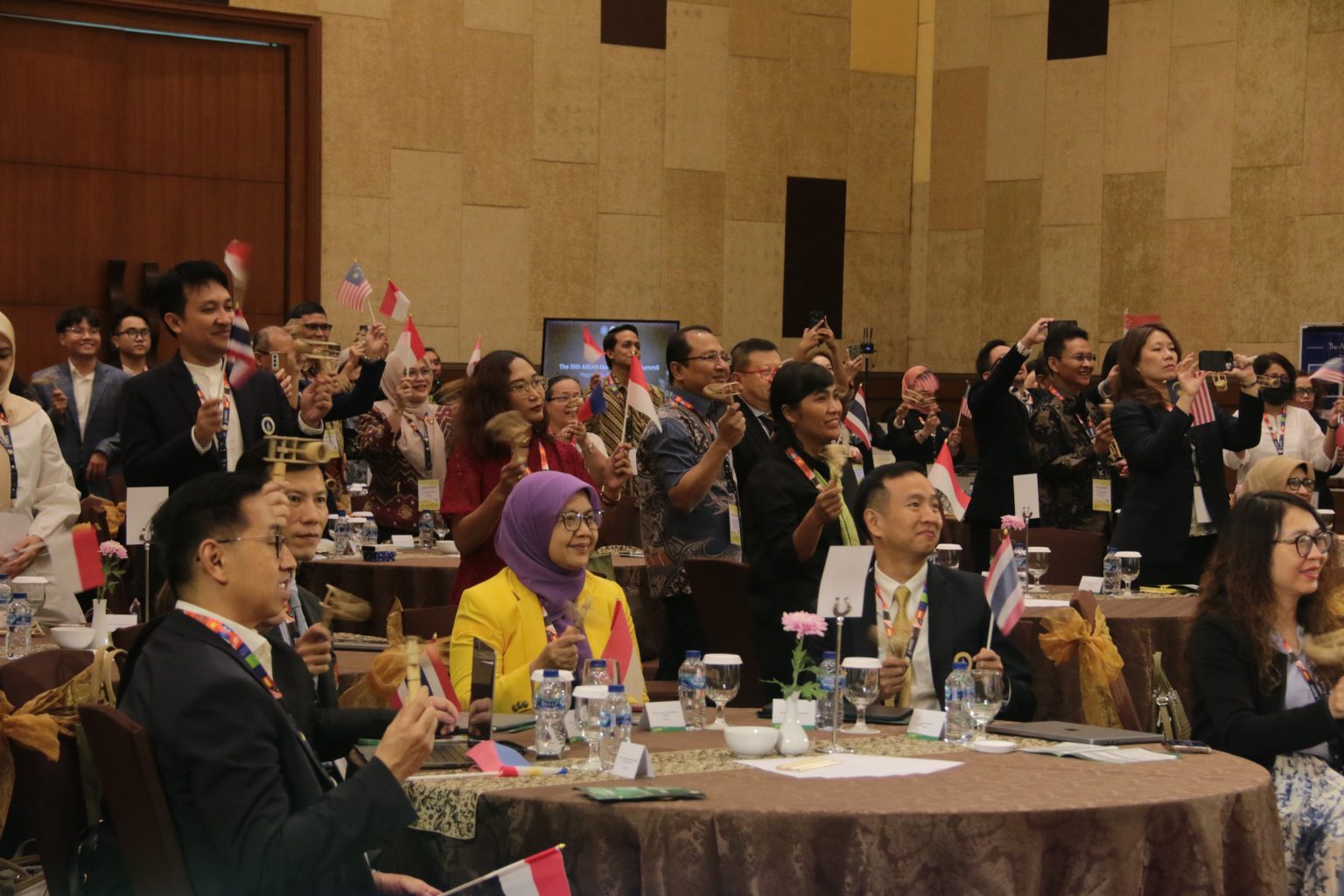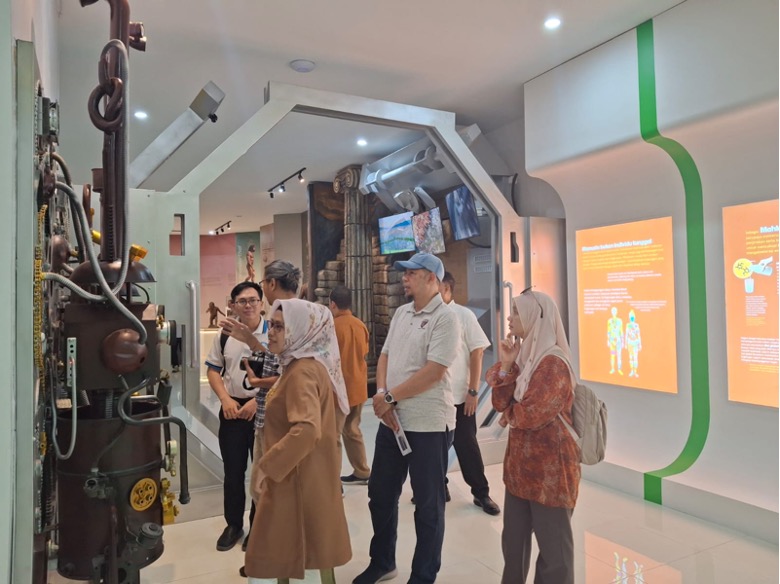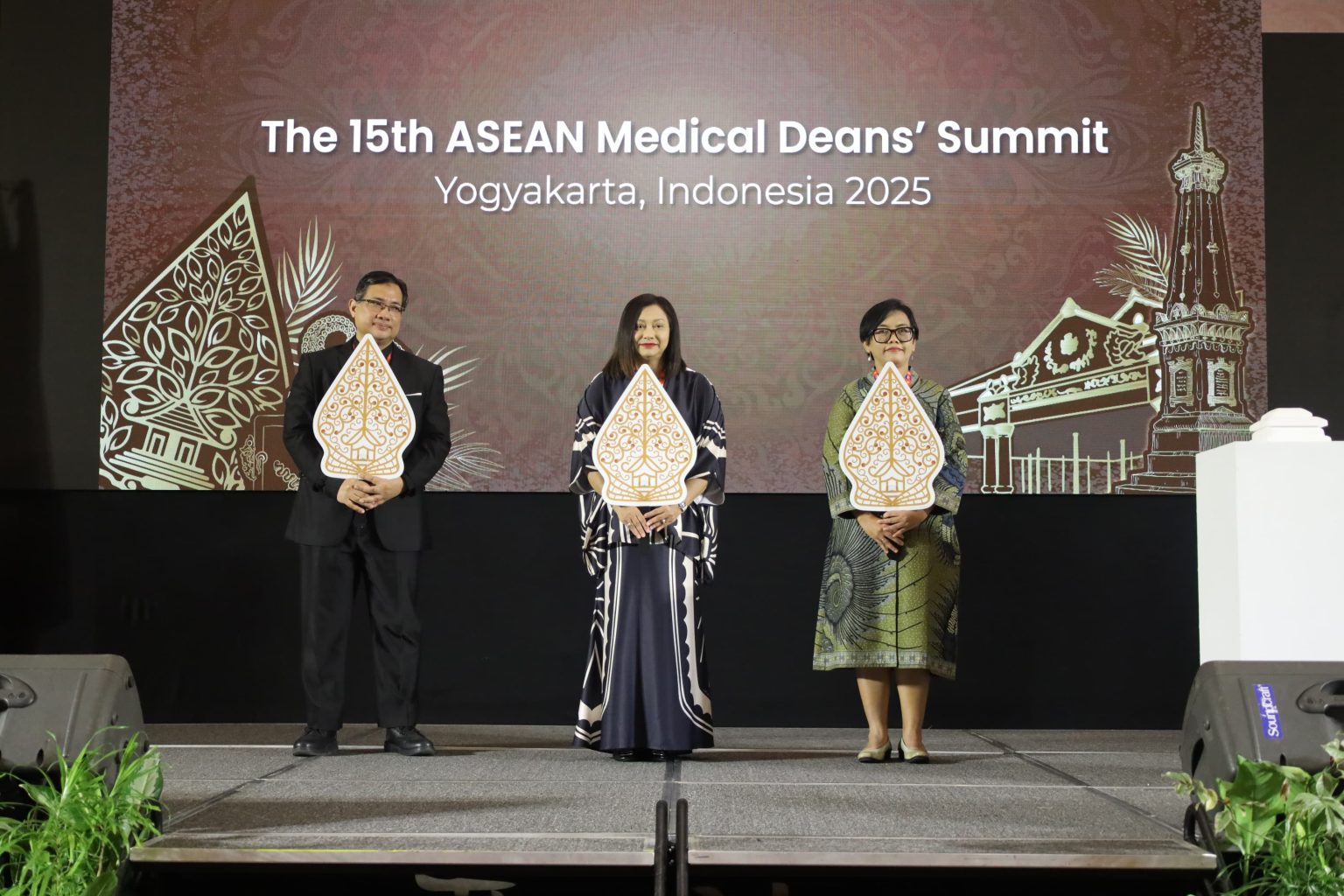FK-KMK UGM. Indonesia currently ranks seventh in the world for the highest number of diabetes mellitus (DM) cases, with 10.7 million cases and a low level of DM control. Additionally, many DM patients remain undiagnosed. The World Health Organization (WHO) predicts that the prevalence of DM in Indonesia will continue to rise, reaching 21.3 million cases by 2030. Diabetic retinopathy (DR), a microvascular complication of the retina due to uncontrolled DM, is one of the major concerns.
Globally, about one in three DM patients experience dr complications, with the prevalence of vision-threatening diabetic retinopathy (VTDR) at 12 percent. This issue is the focus of Mohammad Eko Prayogo’s doctoral dissertation, titled “Development and Validation of a Portable Retinal Camera Based on Smartphones (RET-INNOQ) and Diabetic Retinopathy Detection Software (M-RADR).” The dissertation was presented during the Open Doctoral Examination of the Faculty of Medicine, Public Health, and Nursing, Universitas Gadjah Mada (FK-KMK UGM), held on Wednesday (5/9) at the Tahir Foundation Auditorium of FK-KMK UGM.
“This pioneering research in medical device innovation is greatly needed today. Yoga has developed an accessible, portable dr detection system based on smartphones, suitable for primary care services,” said Prof. dr. Muhammad Bayu Sasongko, M.Epid, Ph.D., Sp.M(K), the doctoral supervisor. In addition to Prof. Bayu, the dissertation was also supervised by dr. Vina Yanti Susanti, M.Sc, Ph.D., Sp.PD, K-EMD, and Prof. dr. Jarir At Thobari, DPharm, Ph.D., with an examination team including Prof. dr. Yodi Mahendradhata, M.Sc., Ph.D., FRSPH, and other examiners, such as dr. Supanji, Sp.M(K), M.Kes., Ph.D. (FK-KMK UGM), dr. Gitalisa Andayani, SpM(K) (Faculty of Medicine, Universitas Indonesia), Prof. Ir. Hanung Adi Nugroho, S.T., M.Eng., Ph.D., IPM., SMIEEE. (Faculty of Engineering, UGM).
Yoga explained that eye disorder detection in Indonesia is often conducted only by specialists. With RET-INNOQ and M-RAdr, he hopes to expand eye screening capabilities in primary care settings, involving general practitioners and midwives. “Maybe someday, this device can even be used by non-medical personnel,” Yoga emphasized.
dr. Gitalisa expressed her admiration for Yoga’s achievement, stating, “I cannot imagine if I had done this work; I am impressed that you managed to work on both the hardware and software simultaneously.” Yoga further explained that the device is easy to carry and compatible with various types or brands of smartphones. “For the examination technique, you only need eye drops and a dark room, with patient cooperation,” he added.
The birth of this new doctor exemplifies FK-KMK UGM’s commitment to the Sustainable Development Goals (SDGs), including Good Health and Well-being (SDG 3), Quality Education (SDG 4), Industry, Innovation, and Infrastructure (SDG 9), Reduced Inequalities (SDG 10), and Responsible Consumption and Production (SDG 12). (Isroq Adi Subakti/Reporter)

